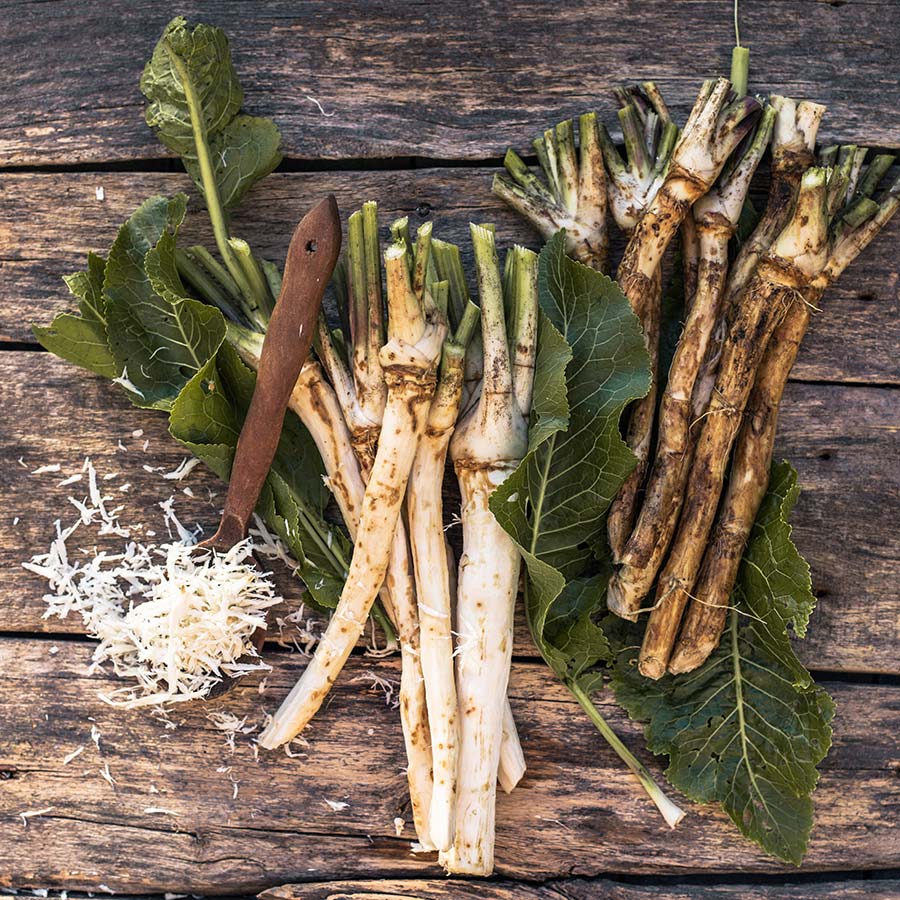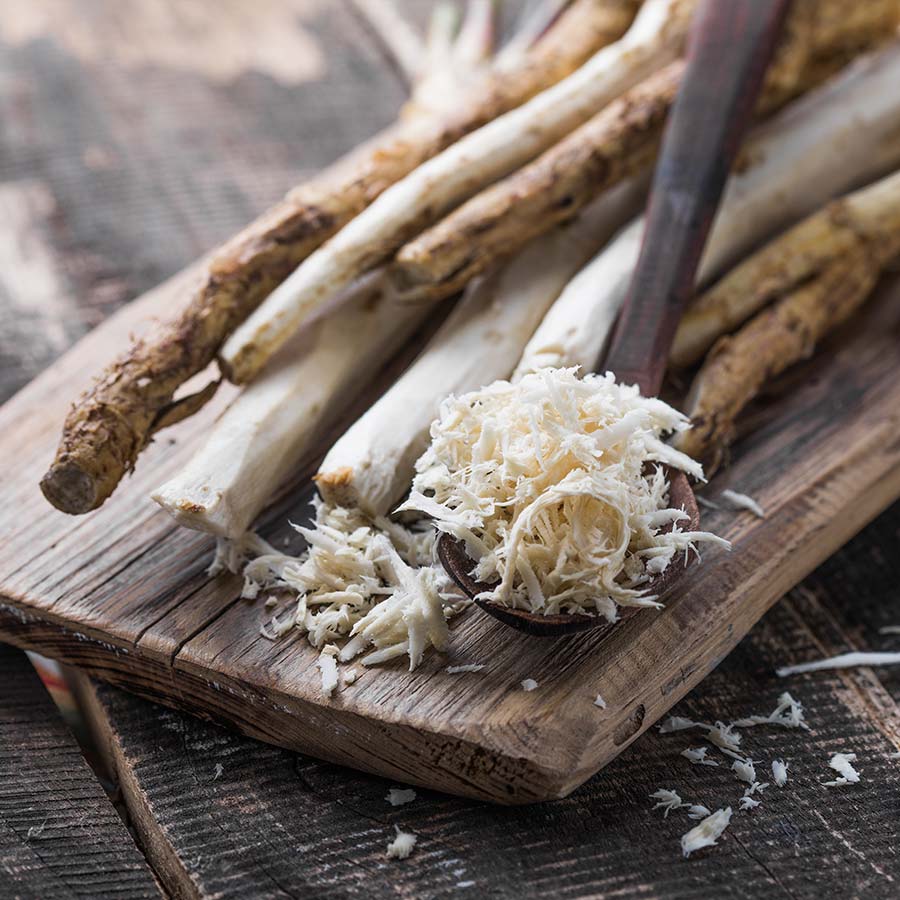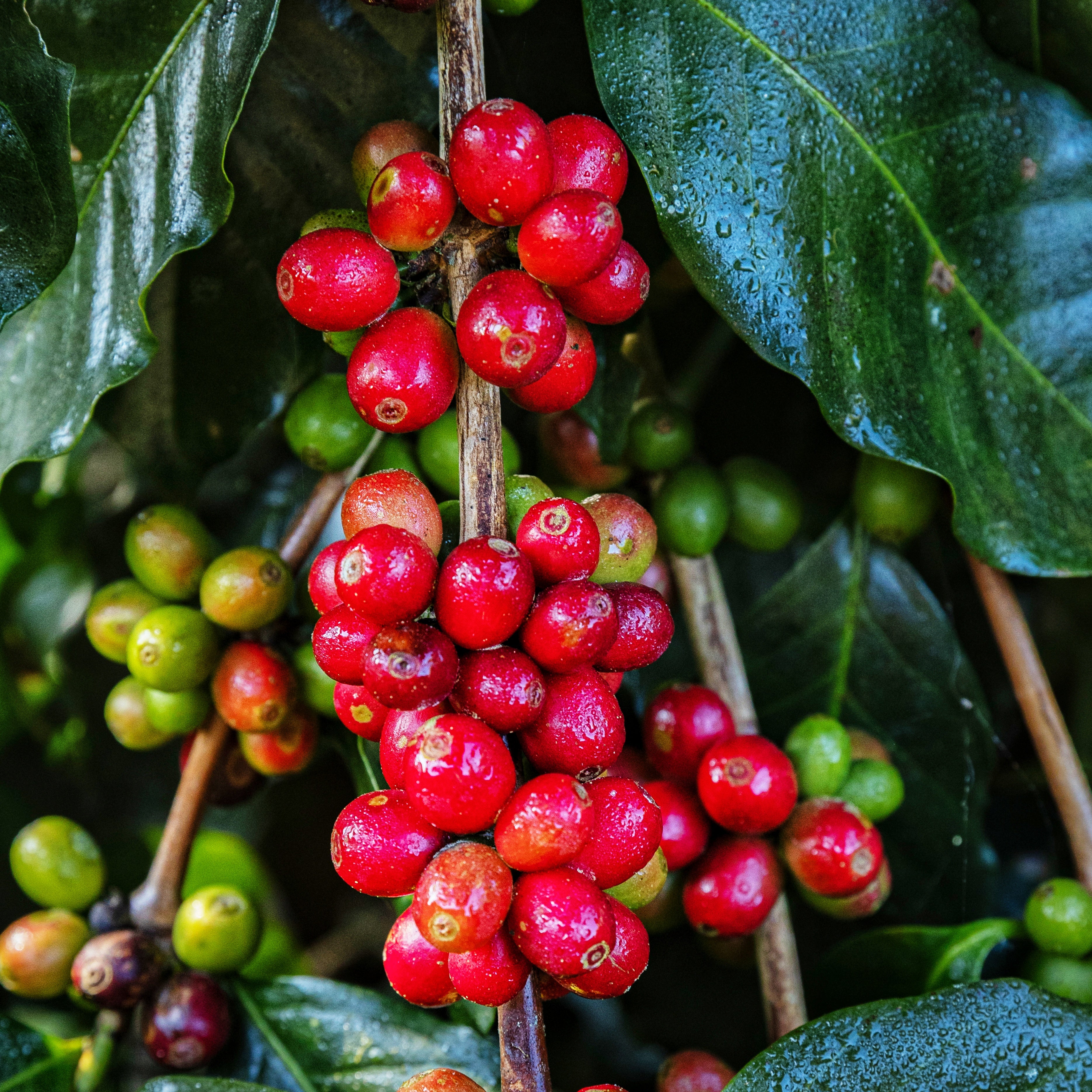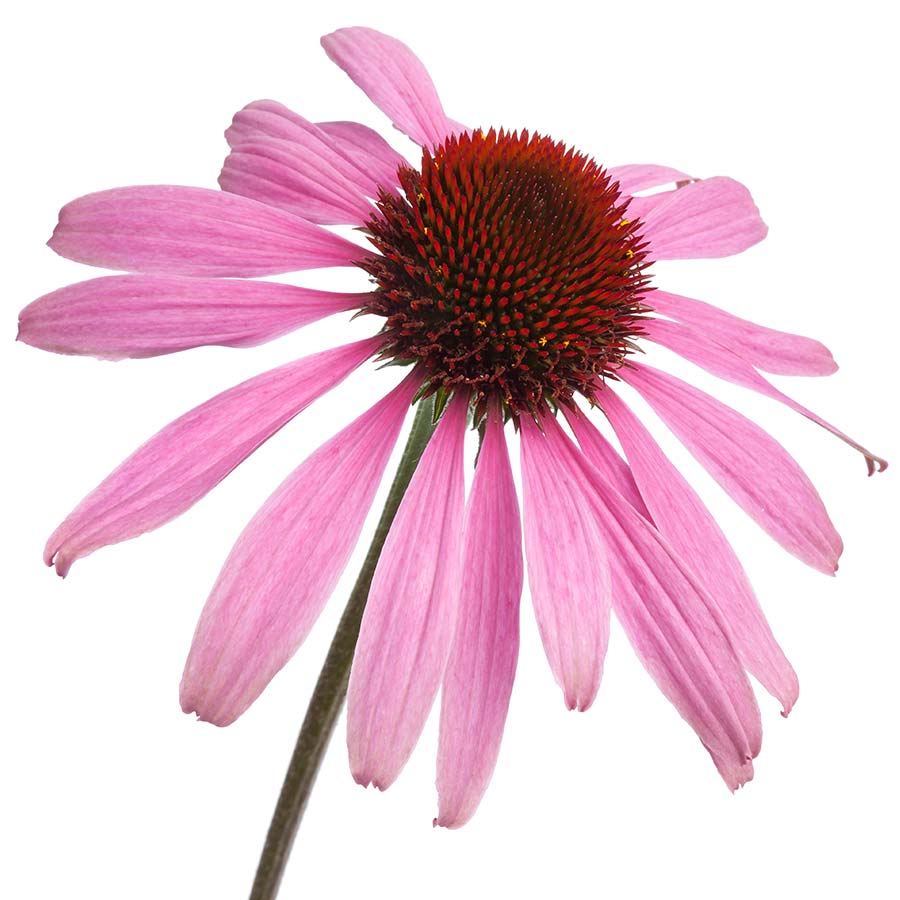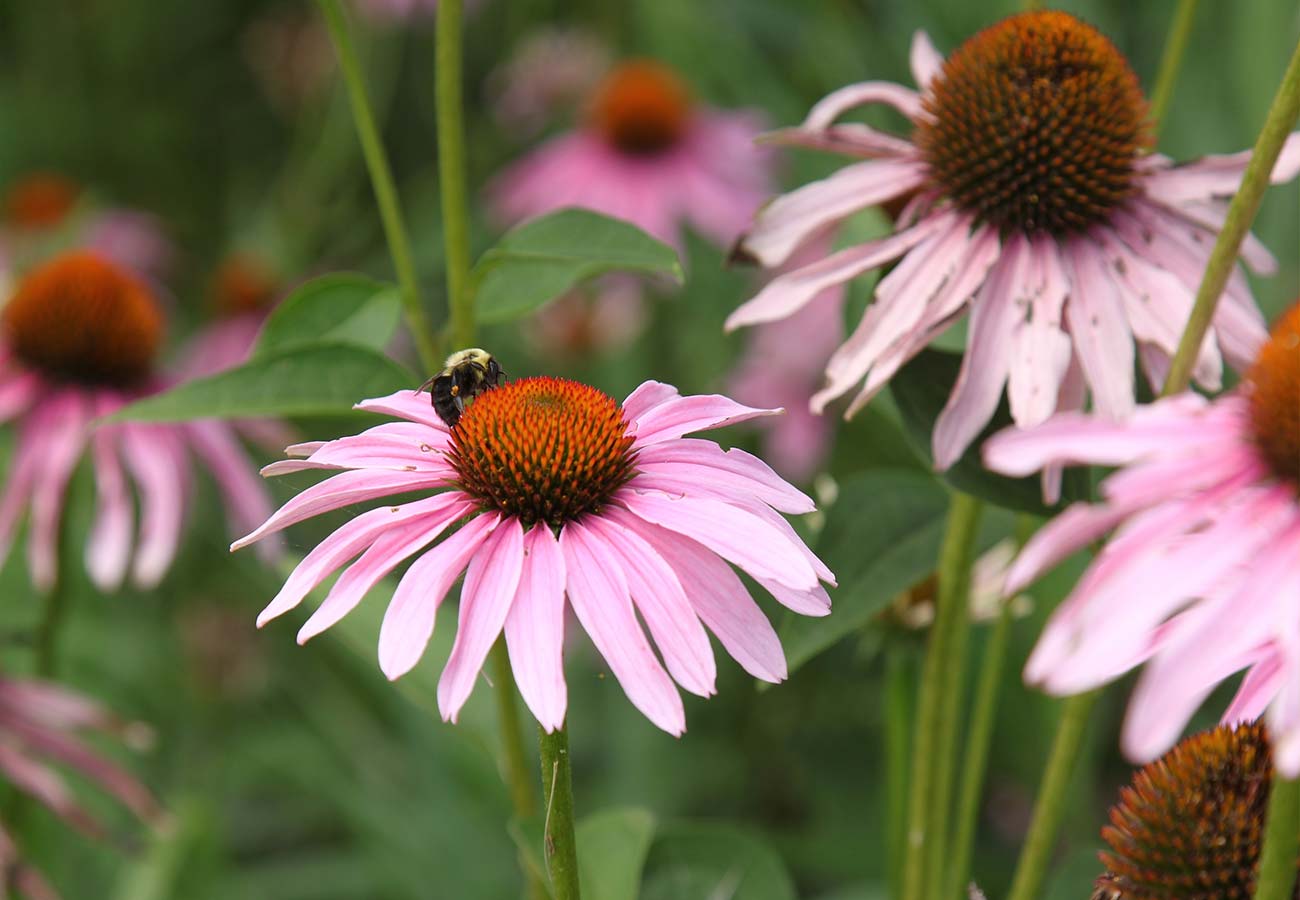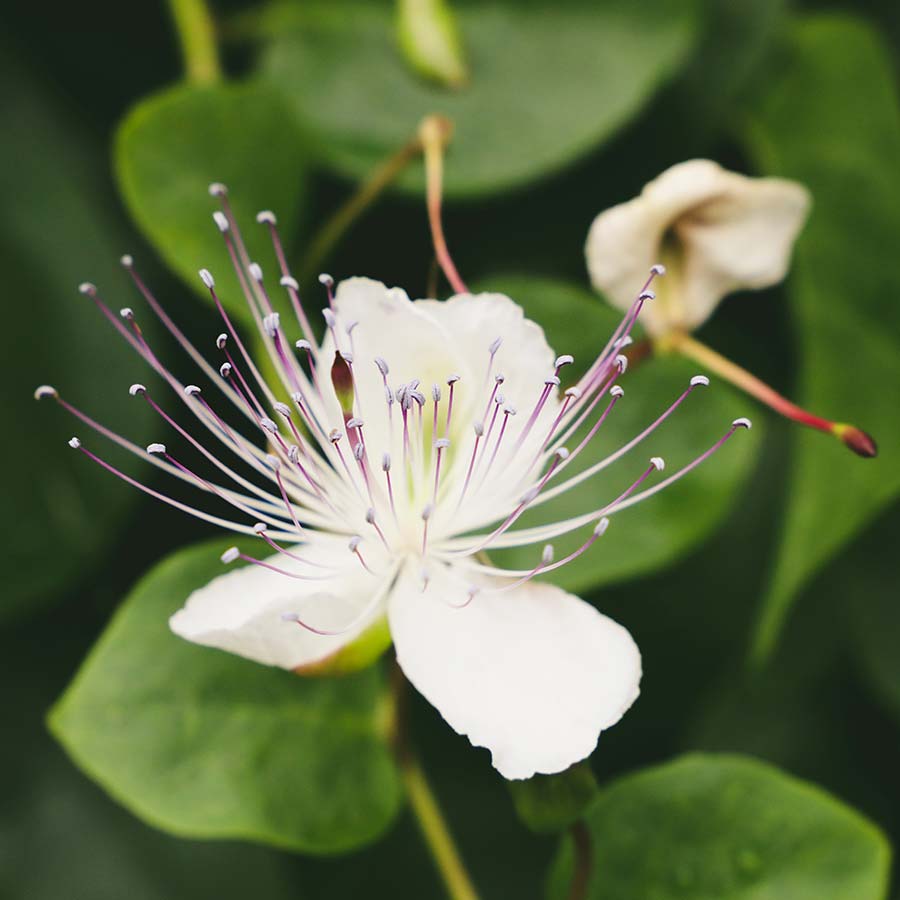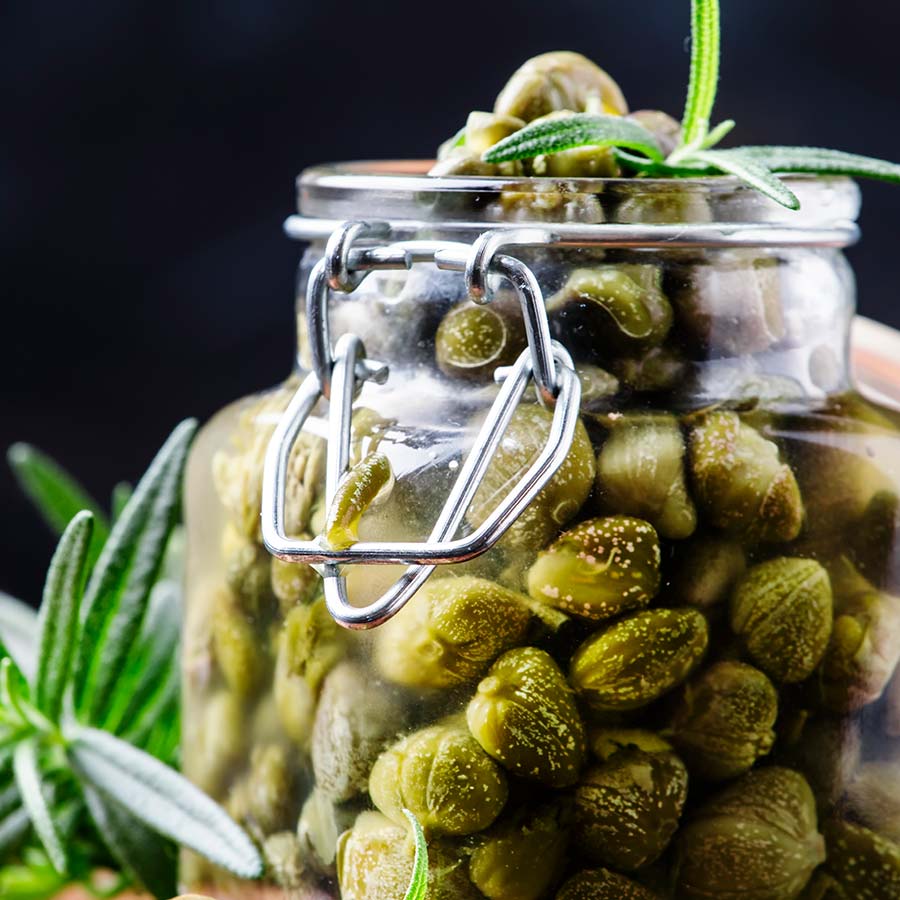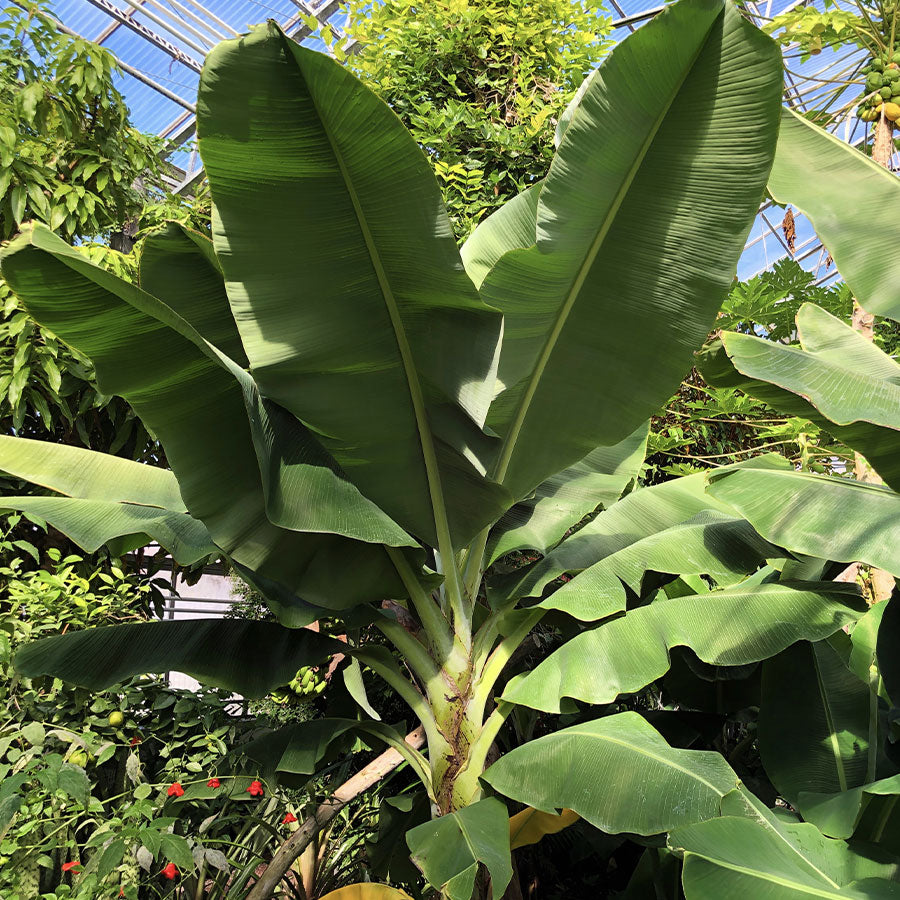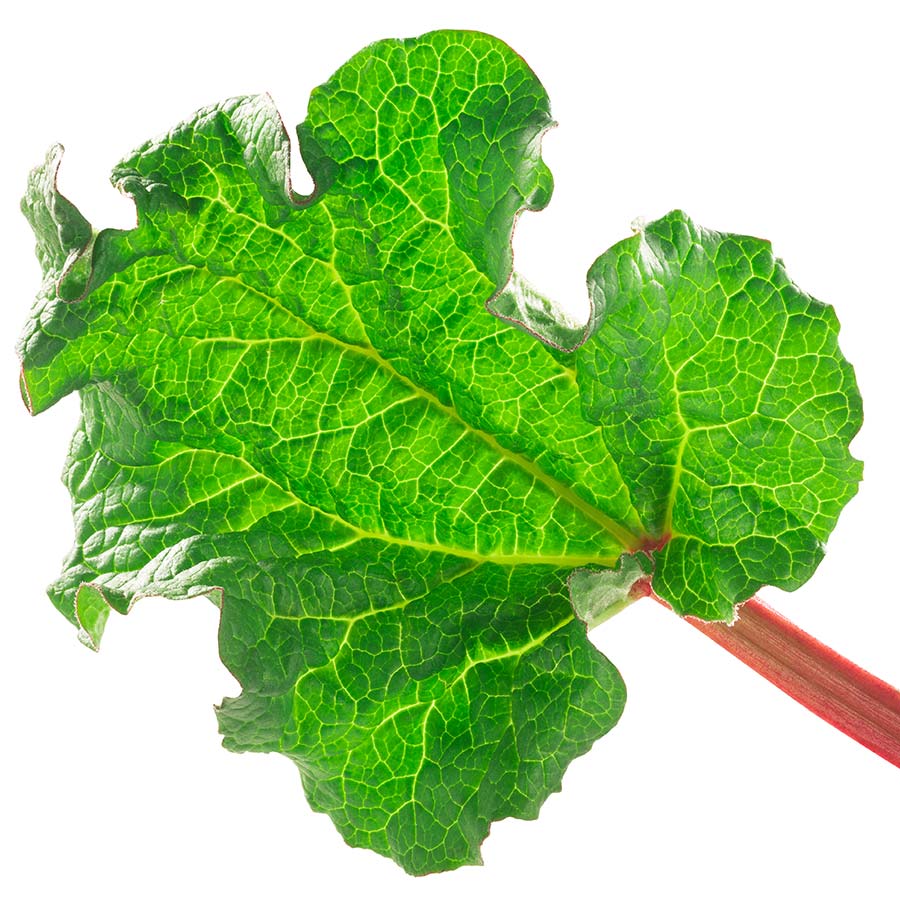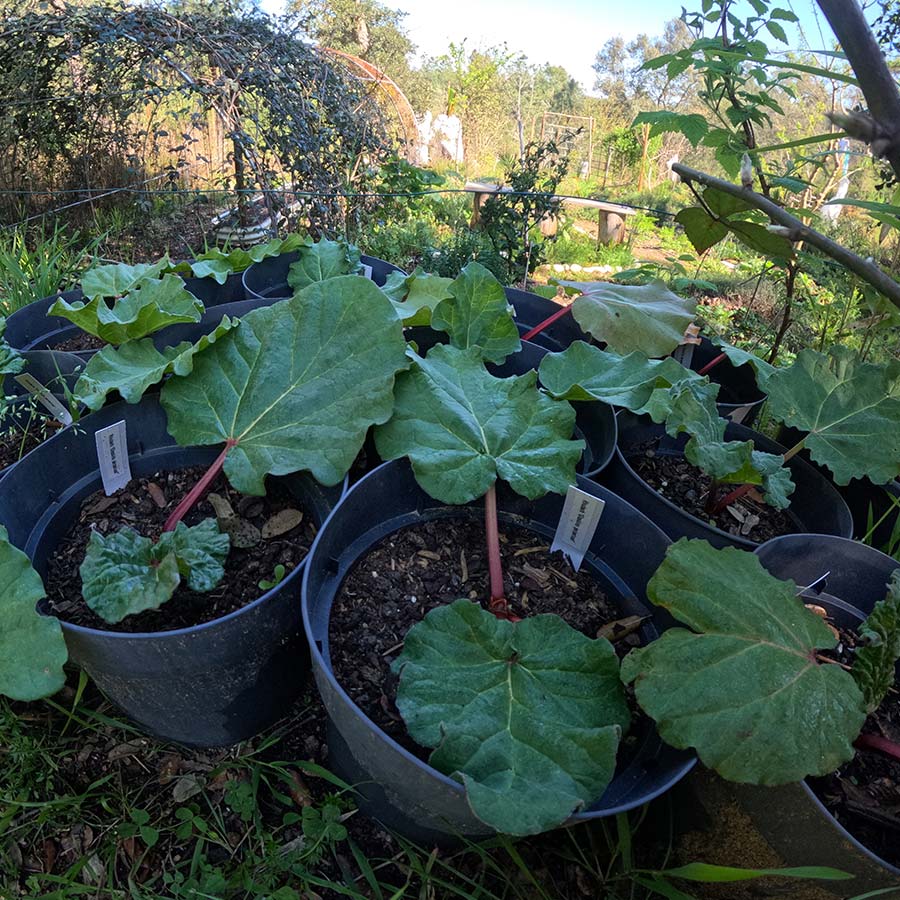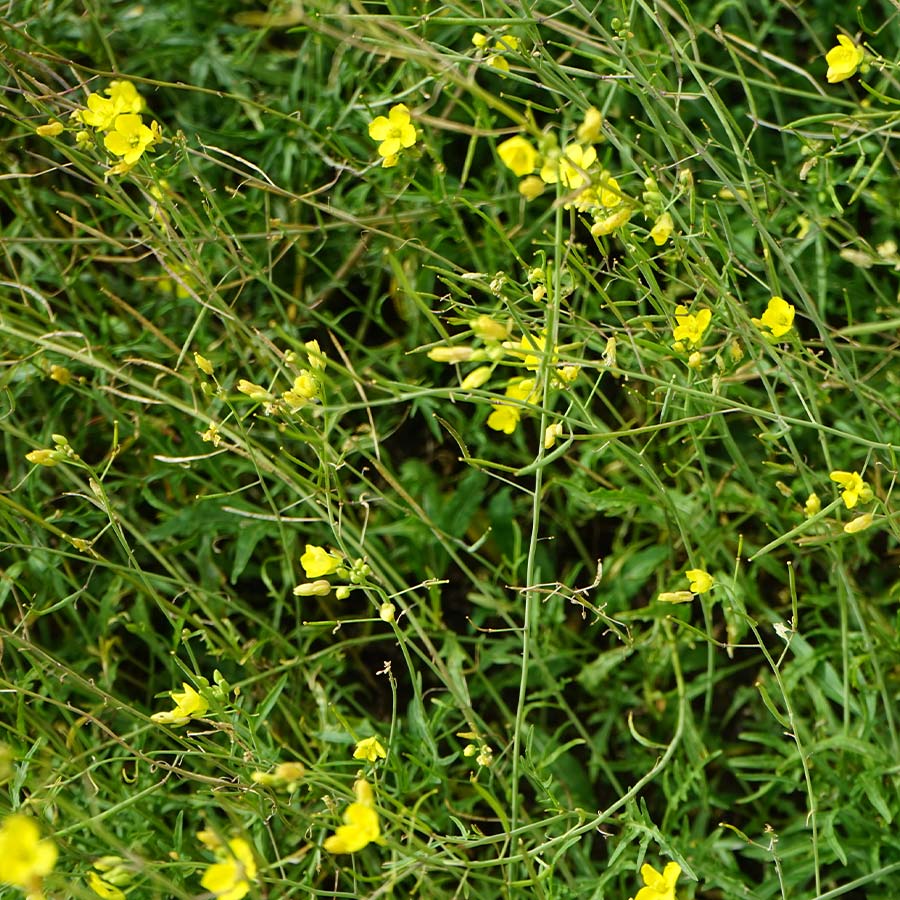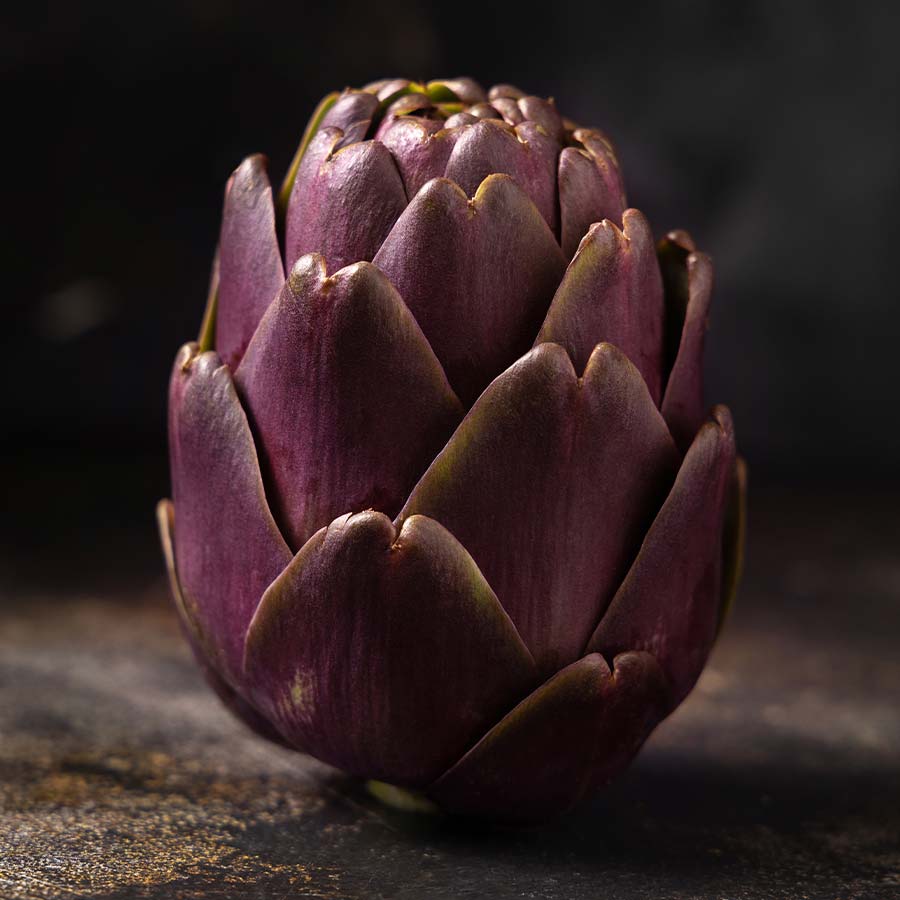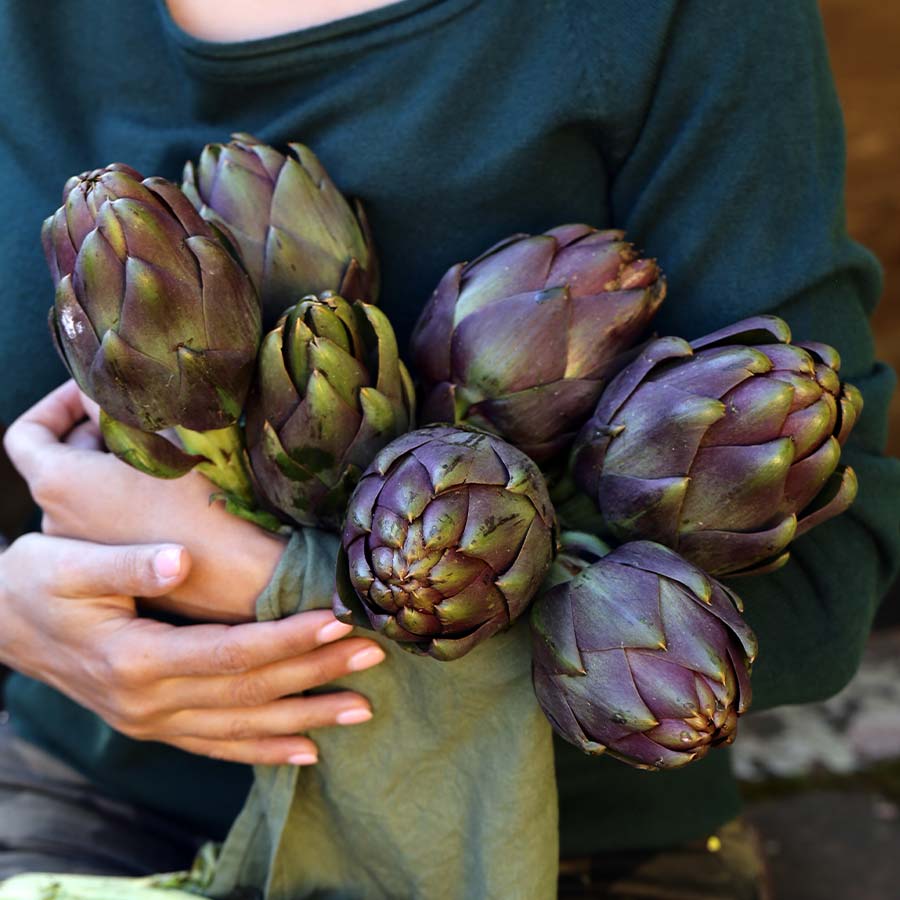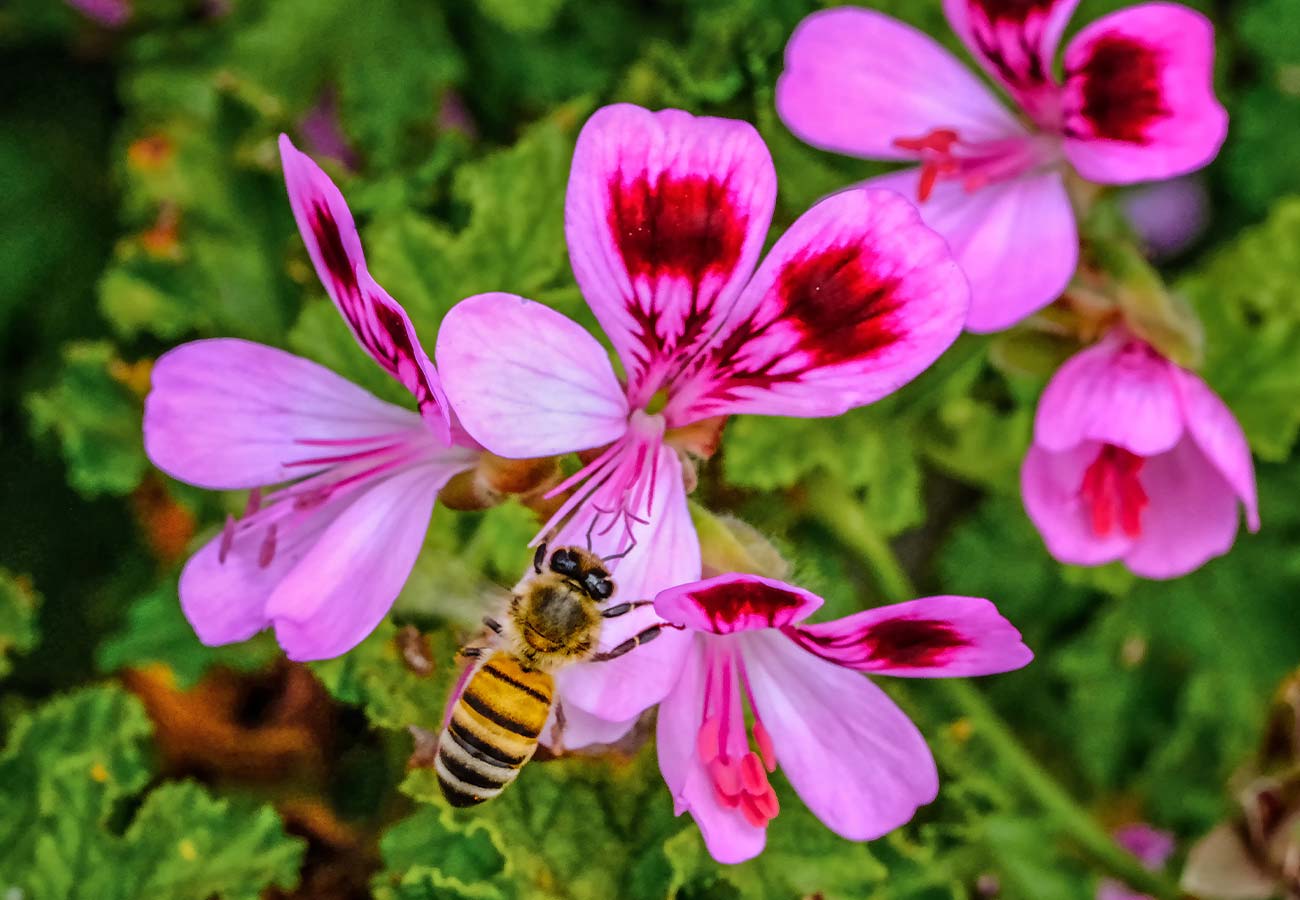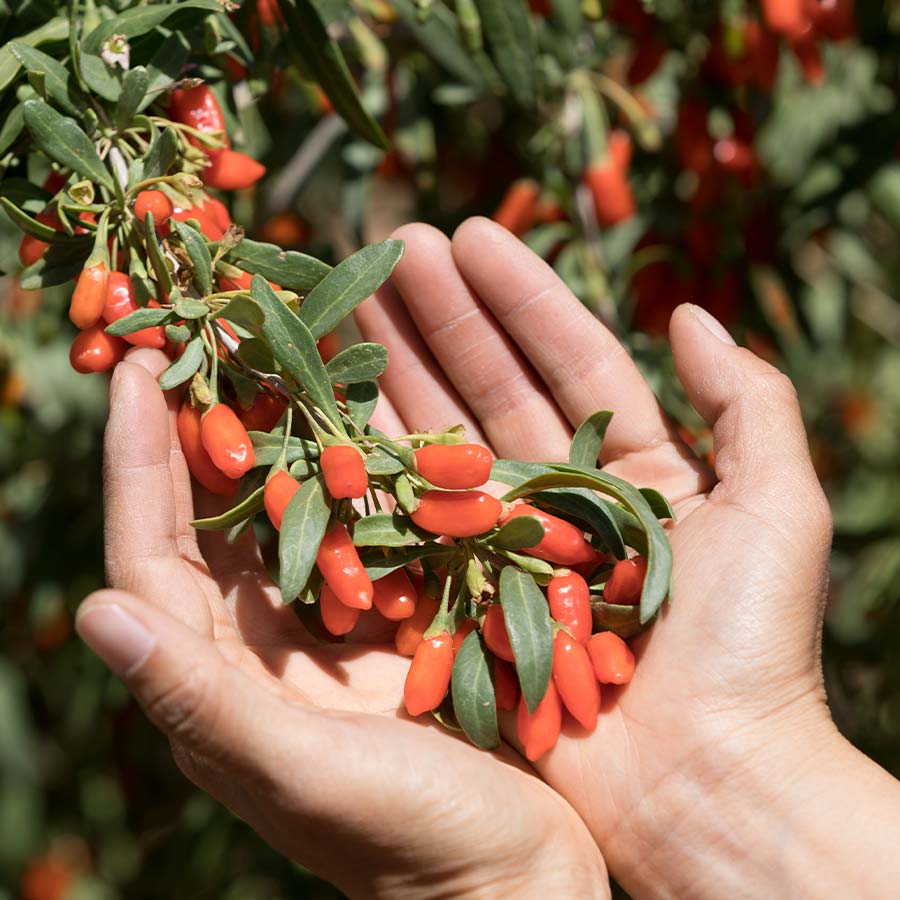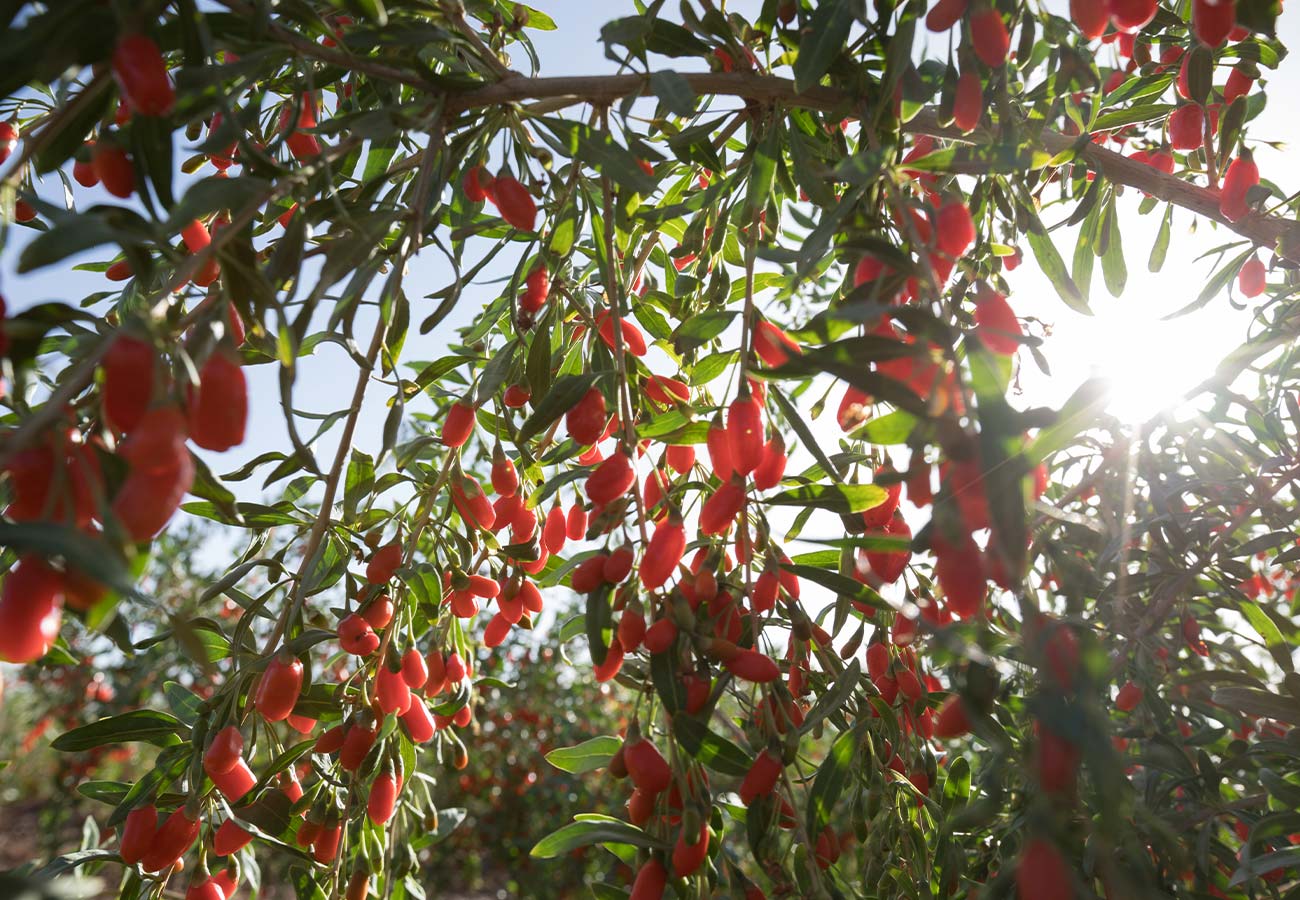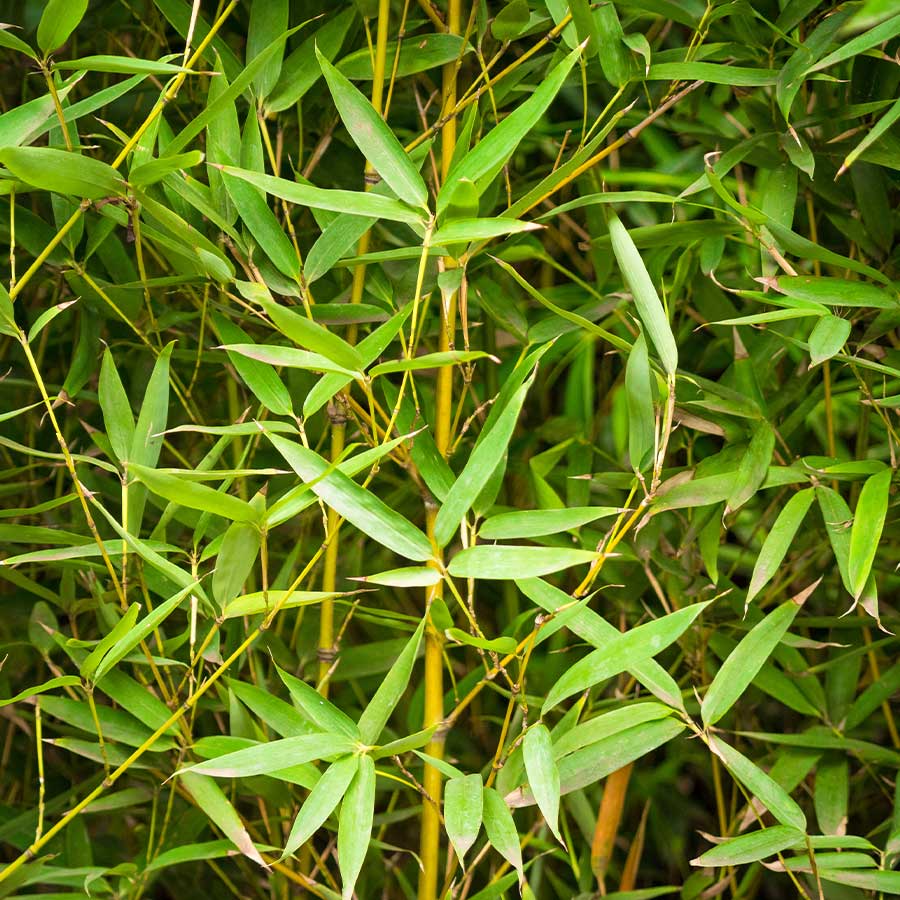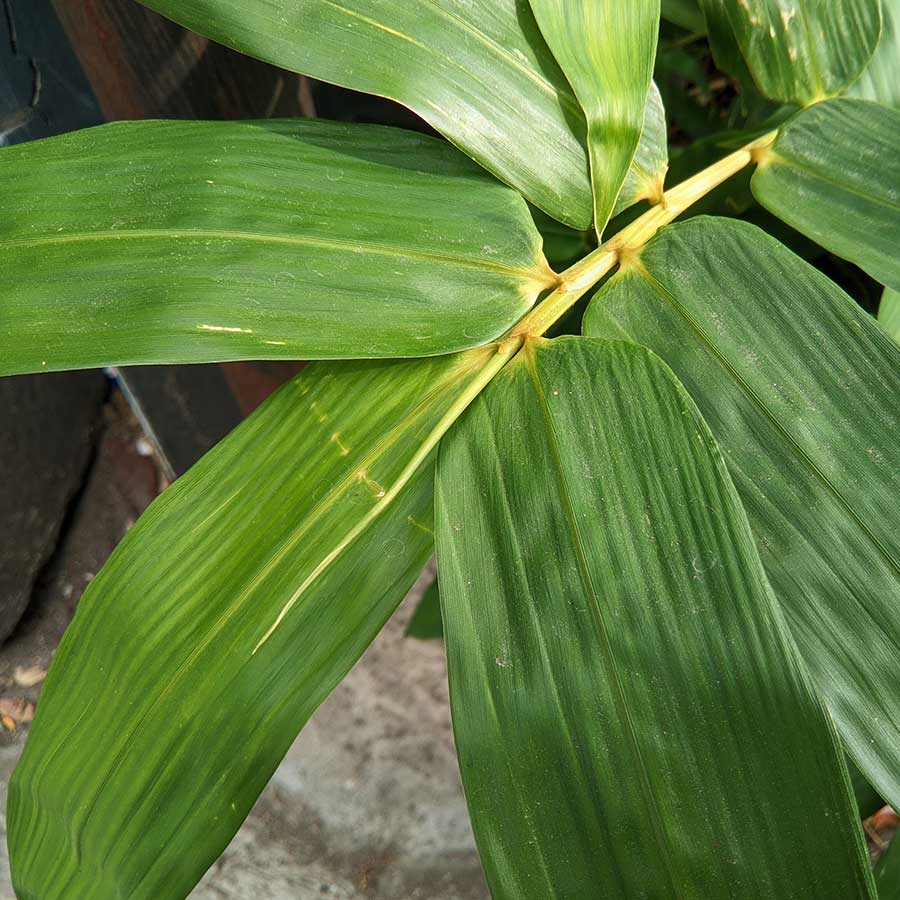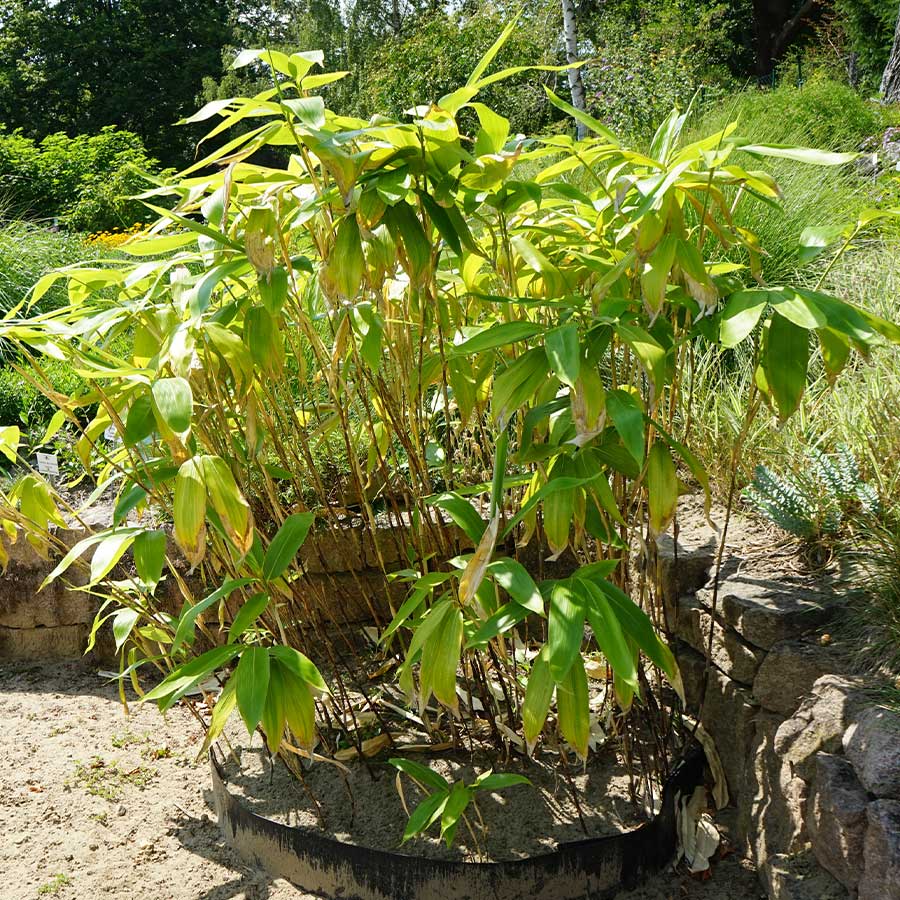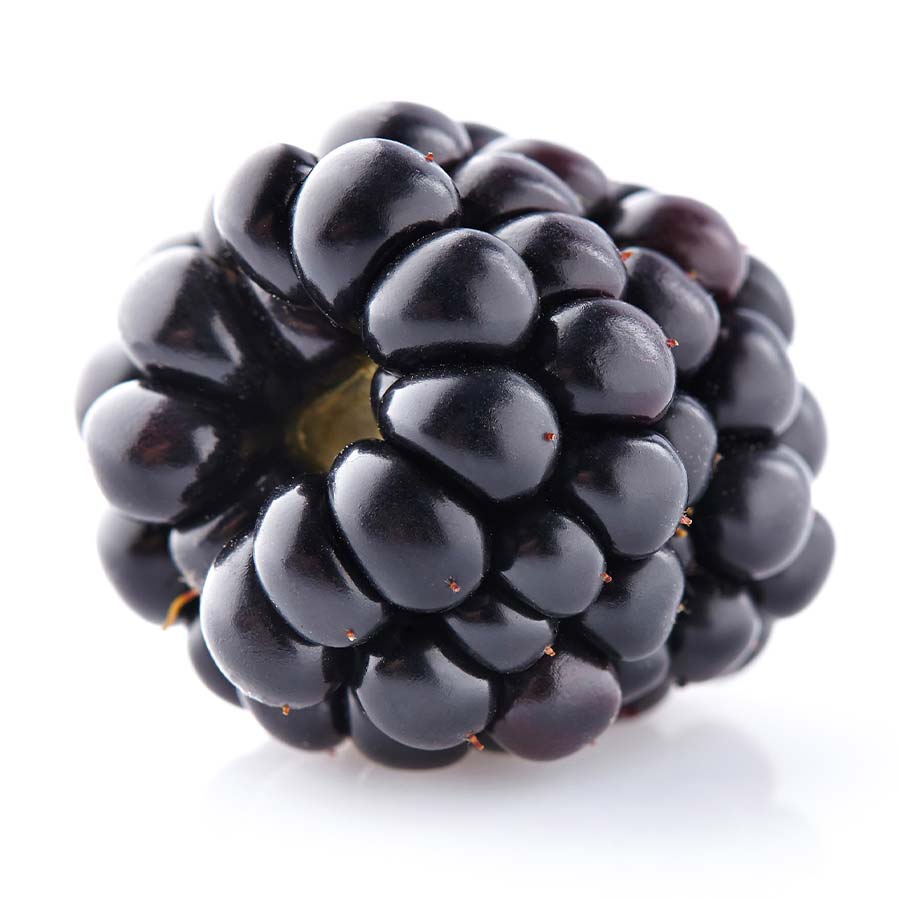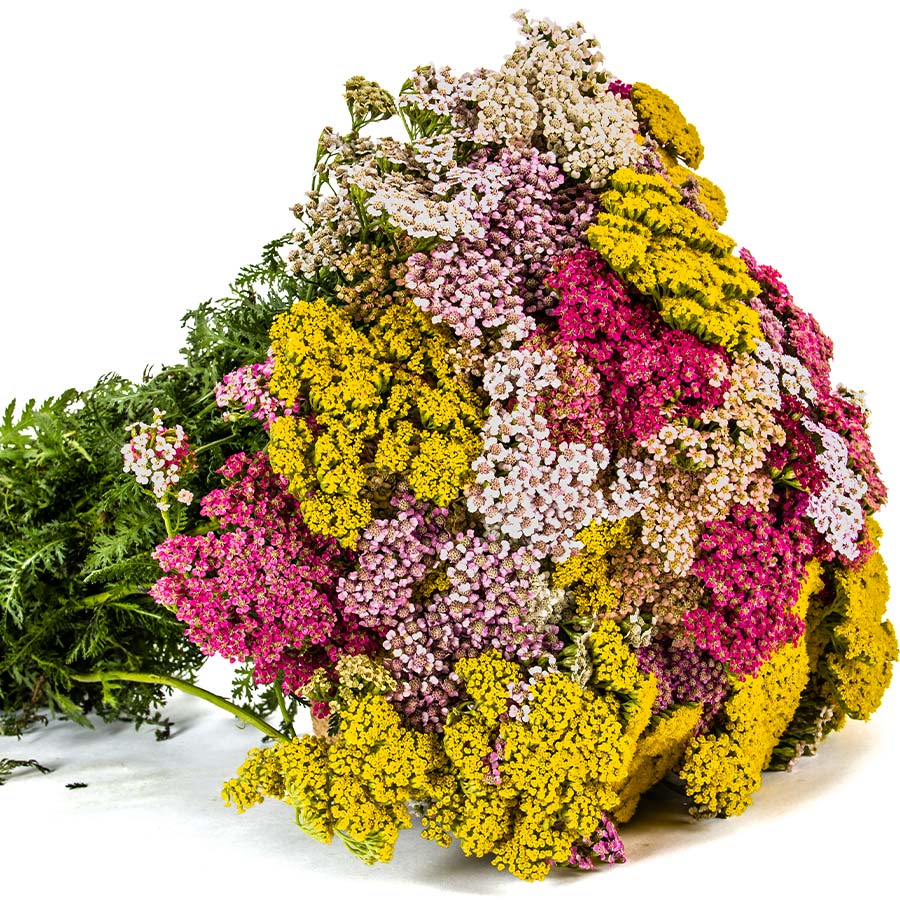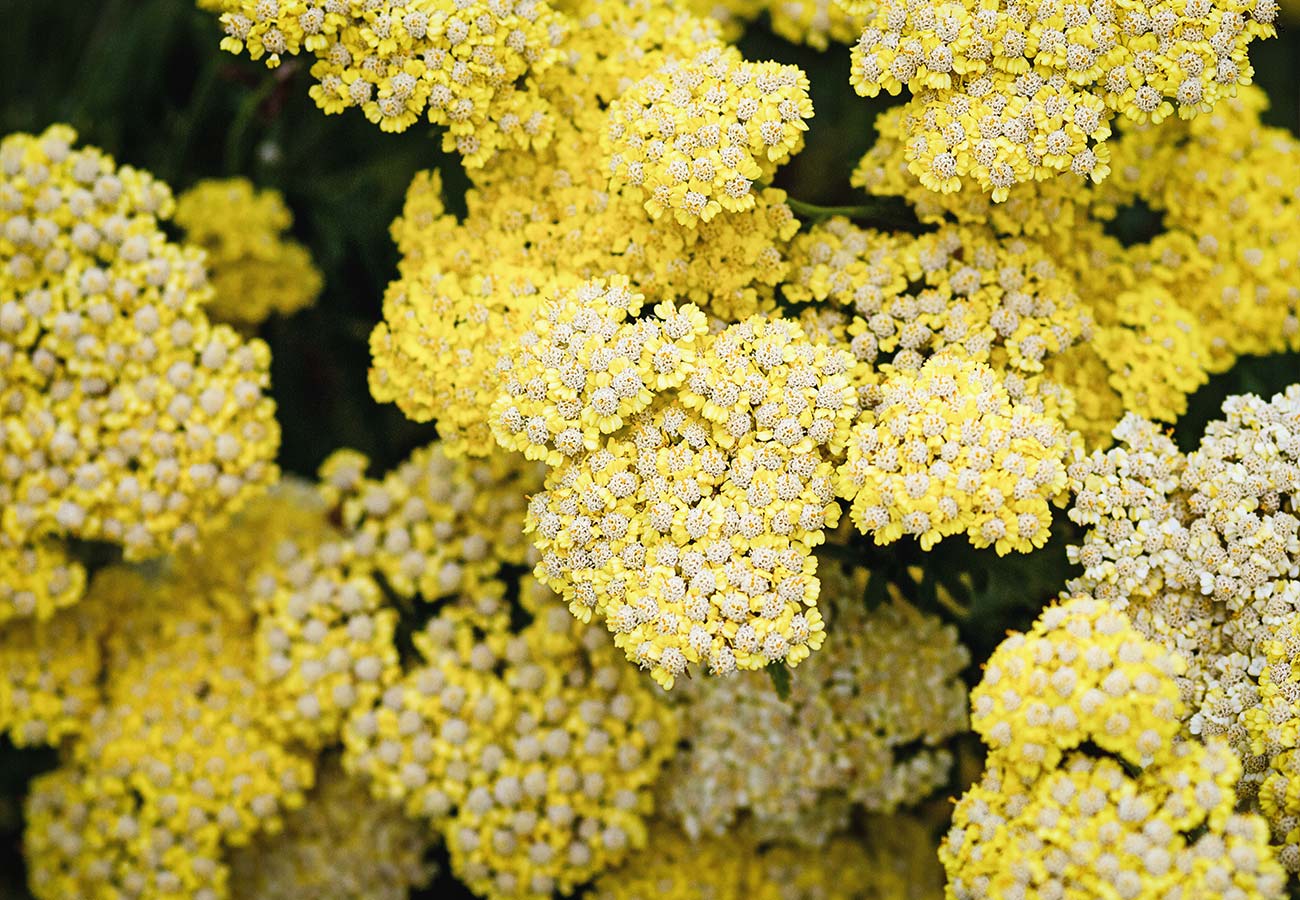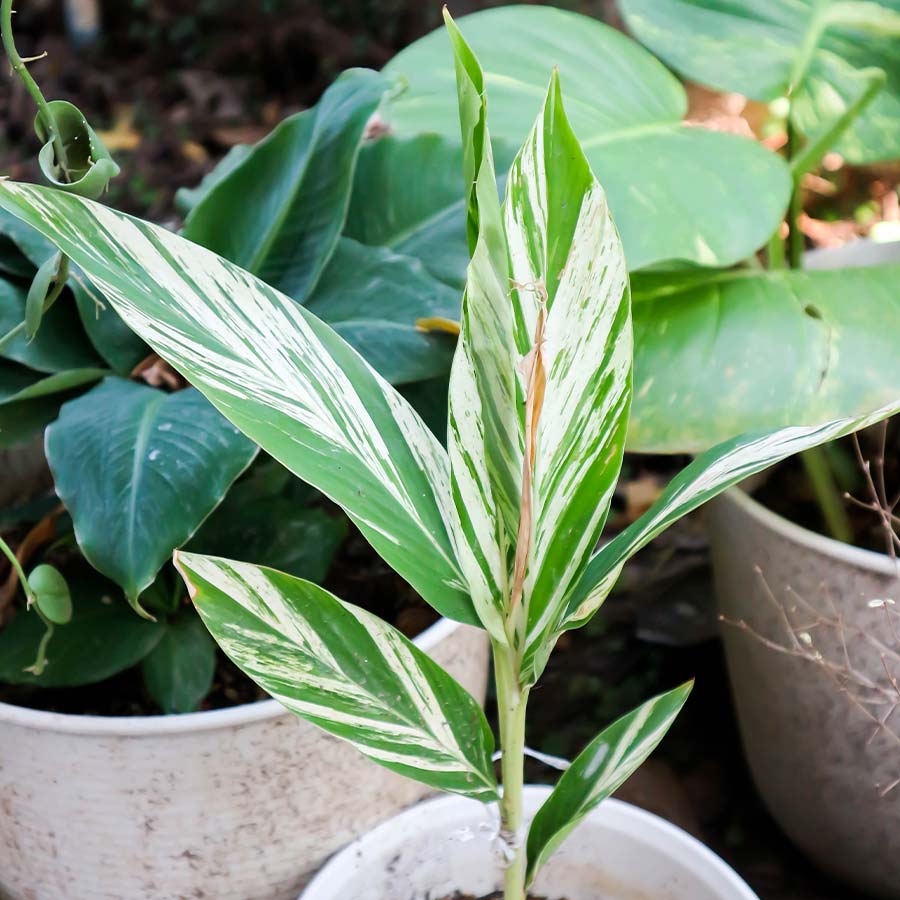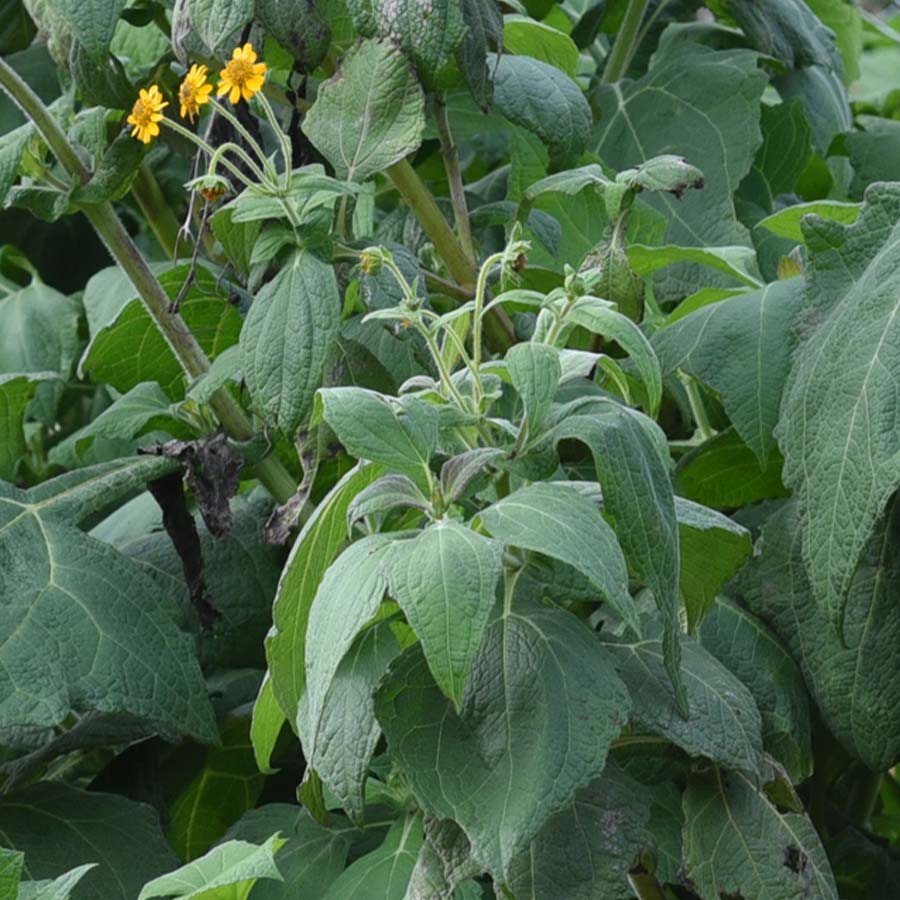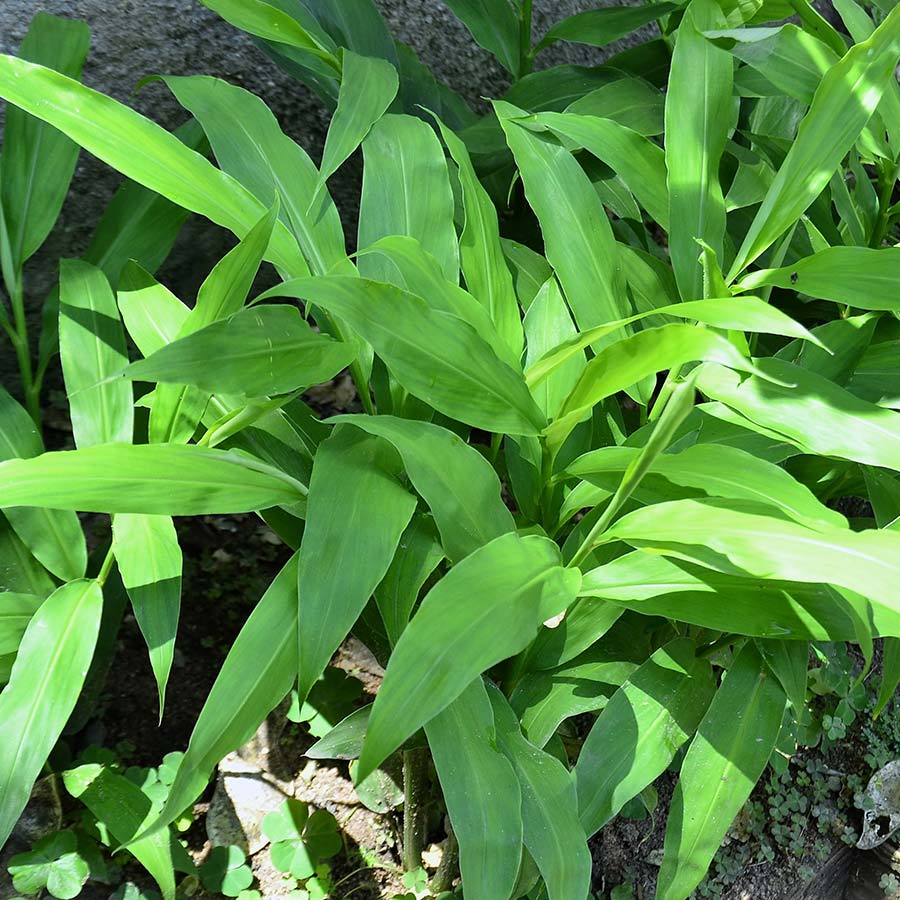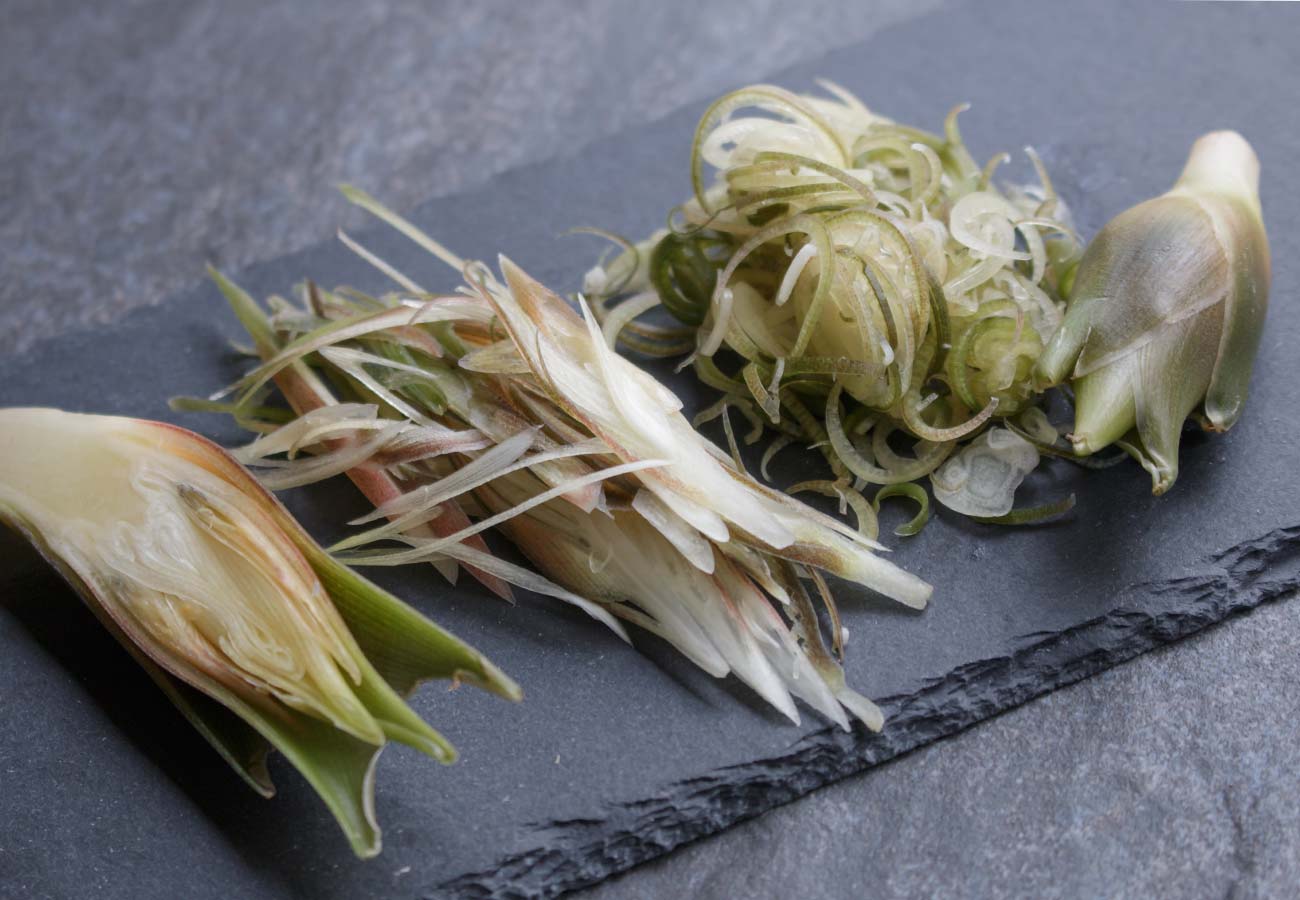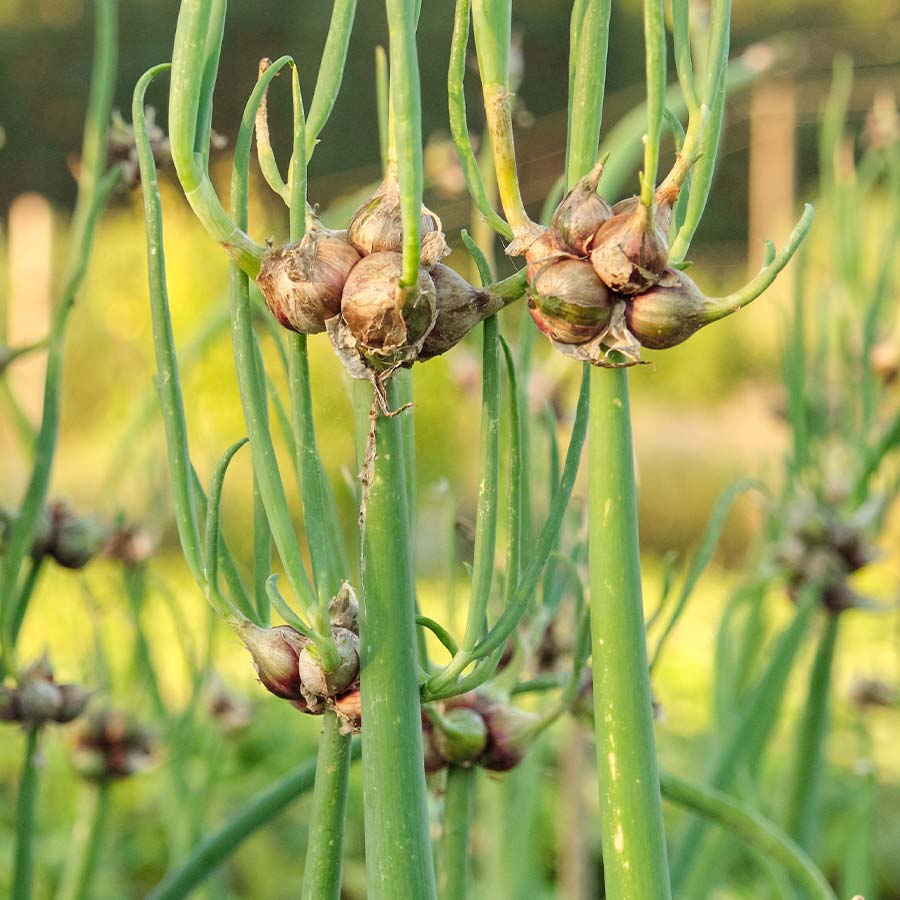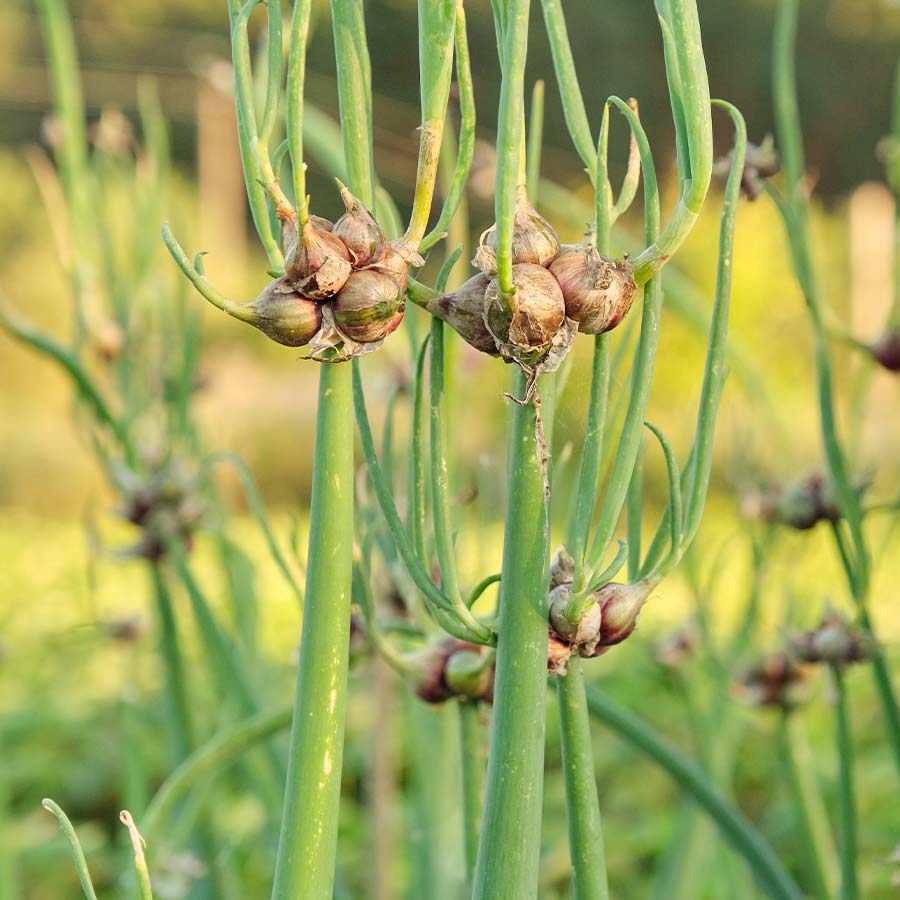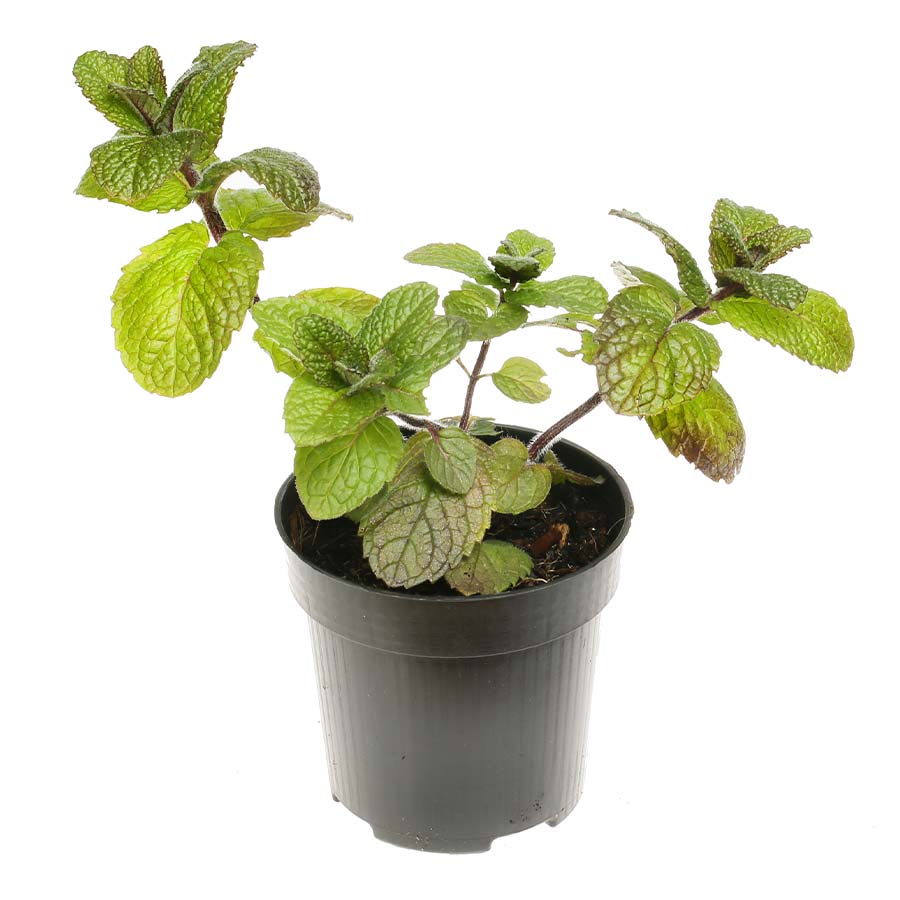

Apple Mint - Mentha Rotundifolia
Mentha x villosa alopecuroides - Apple Mint, Bowles' Mint
Mentha x villosa alopecuroides is a PERENNIAL growing to 0.6 m (2ft) by 1 m (3ft 3in) at a fast rate.
It is hardy to UK zone 5 and is not frost tender. It is in flower from August to September. The species is hermaphrodite (has both male and female organs) and is pollinated by Insects. The plant is self-fertile.
It is noted for attracting wildlife.
Suitable for: light (sandy), medium (loamy) and heavy (clay) soils and can grow in heavy clay soil. Suitable pH: mildly acid, neutral and basic (mildly alkaline) soils. It can grow in semi-shade (light woodland) or no shade. It prefers moist soil.
Edible Uses
Leaves can be eaten raw or cooked. The leaves have a strong spearmint flavour, they are used as a flavouring in salads or cooked foods, this is also the main species that is used to make mint sauce.
Teas
A herb tea is made from the fresh or dried leaves.
A tea made from the leaves of most mint species has traditionally been used in the treatment of fevers, headaches, digestive disorders and various minor ailments.
Medicinal Uses
Apple mint, like many other members of this genus, is often used as a domestic herbal remedy, being valued especially for its antiseptic properties and its beneficial effect on the digestion.
Like other members of the genus, it is best not used by pregnant women because large doses can cause an abortion.
The leaves are harvested as the plant comes into flower and can be dried for later use[238]. The essential oil in the leaves is antiseptic, though it is toxic in large doses.
For more information you can visit the PFAF (plants for a future) website here.
1 Plant supplied in 0.5 l pot





